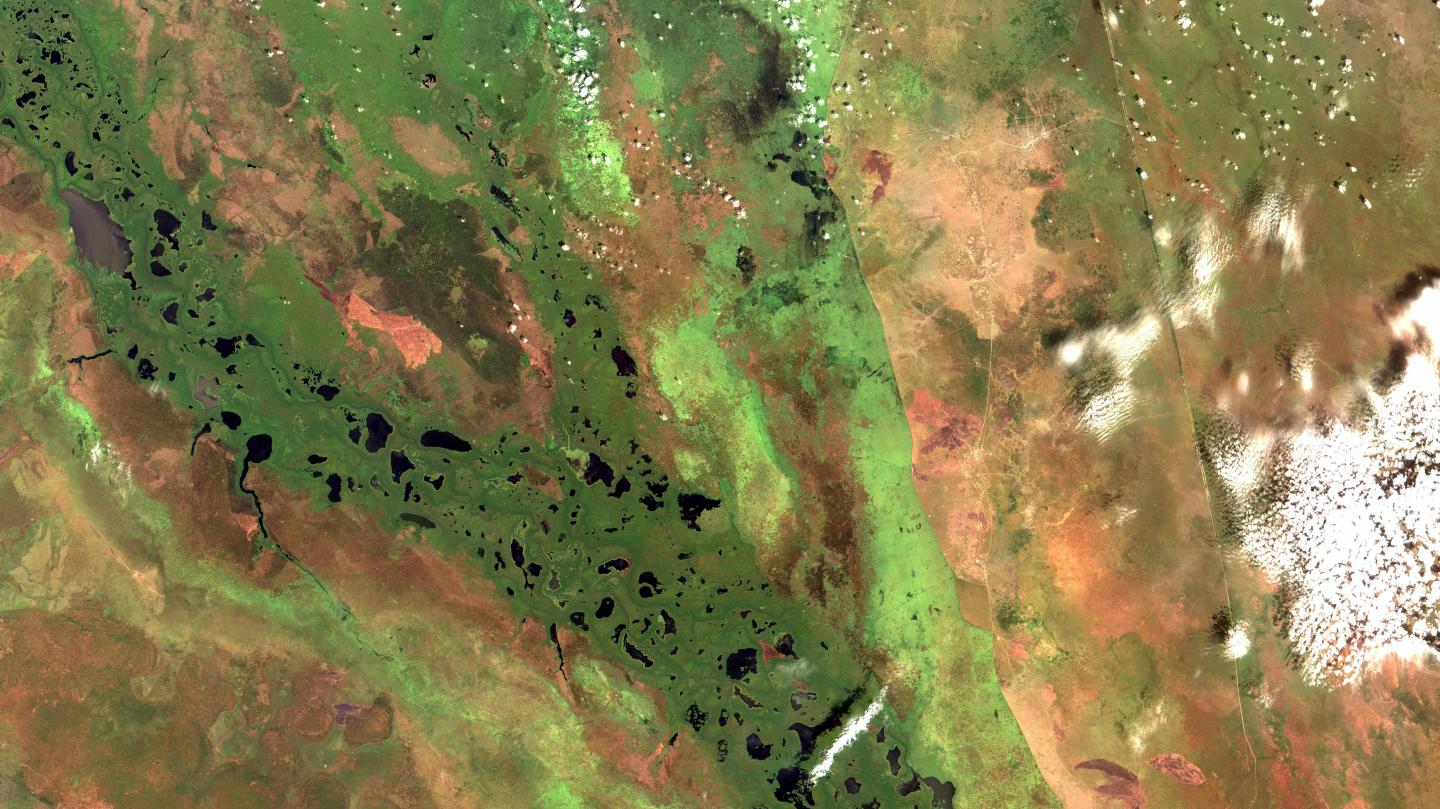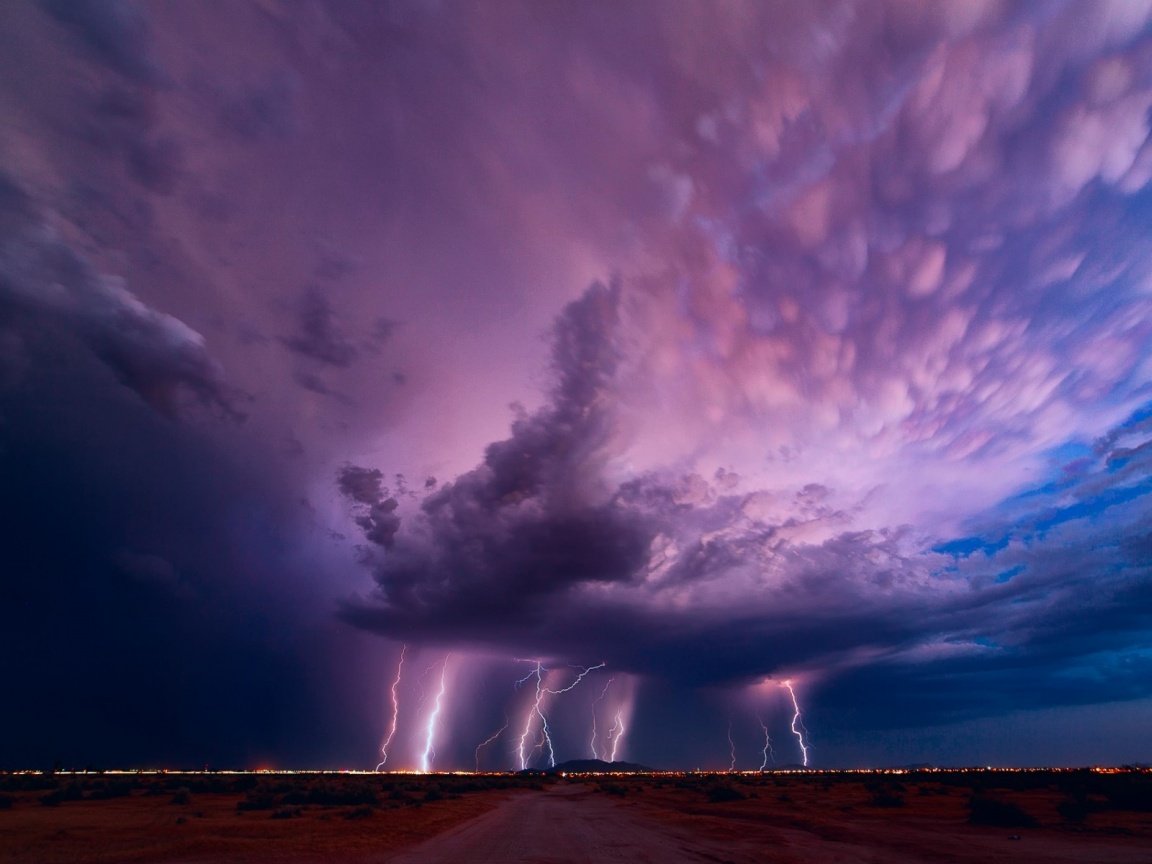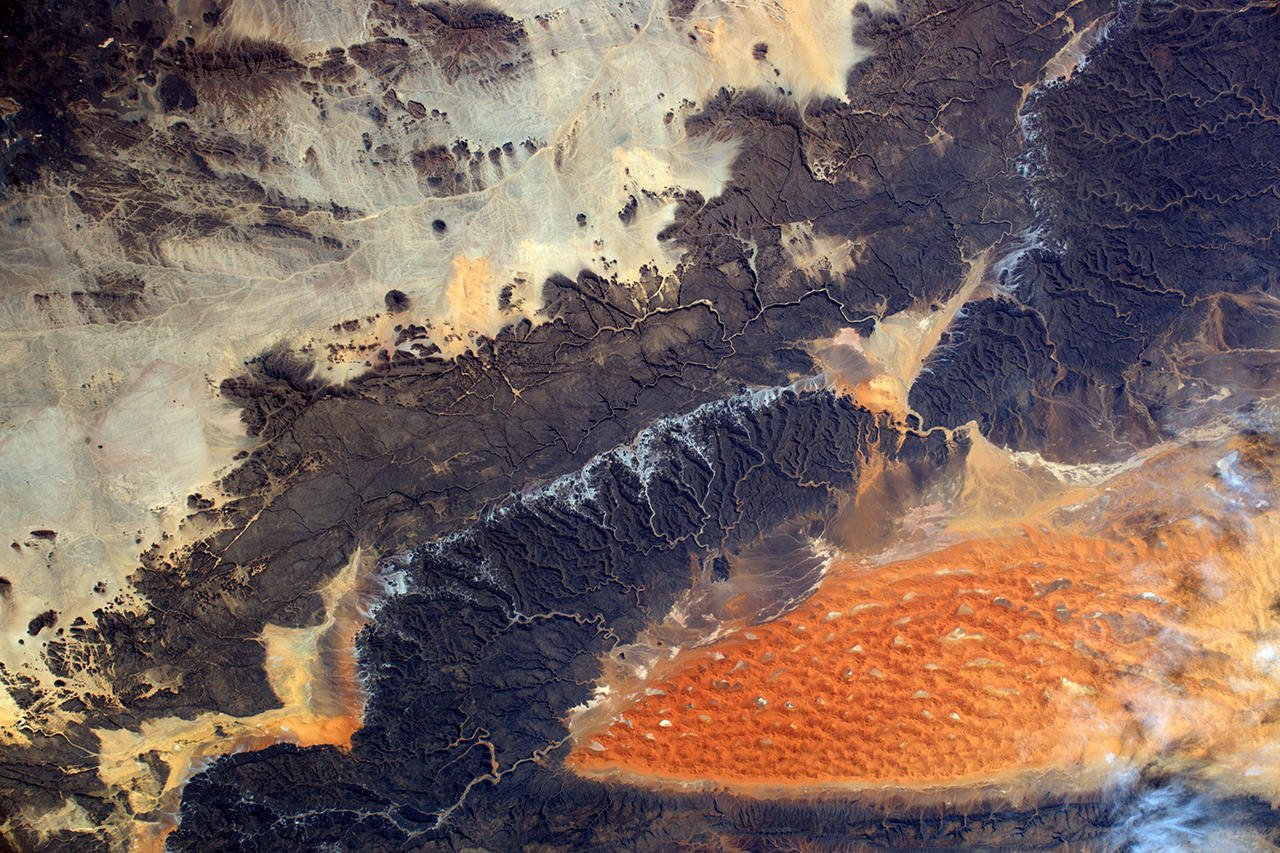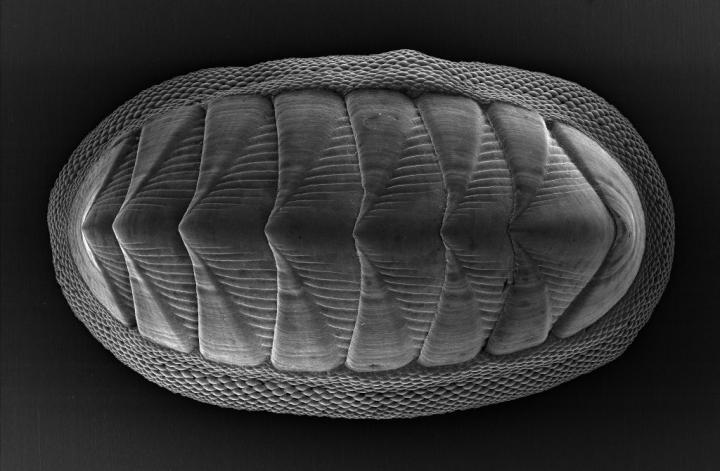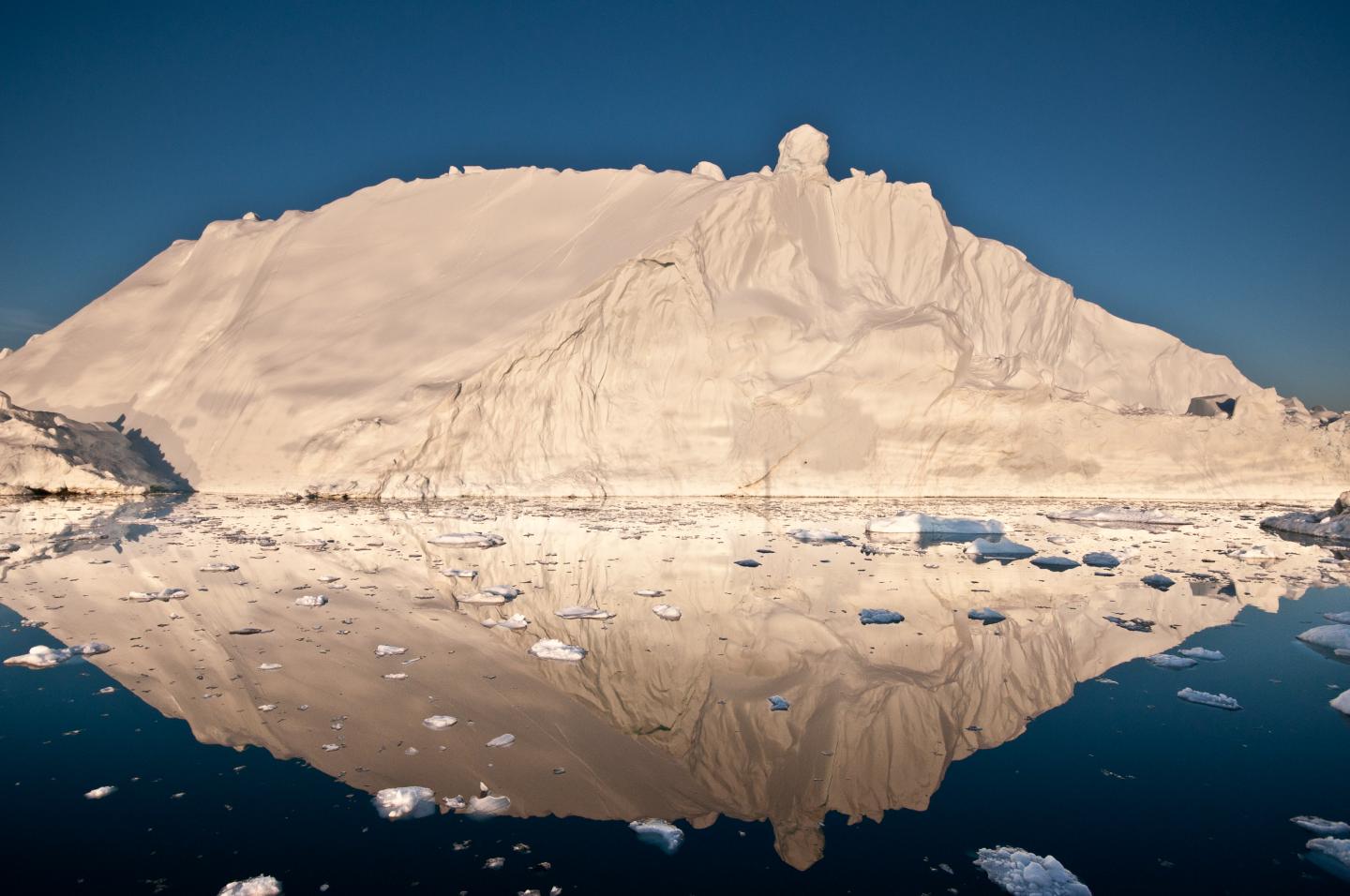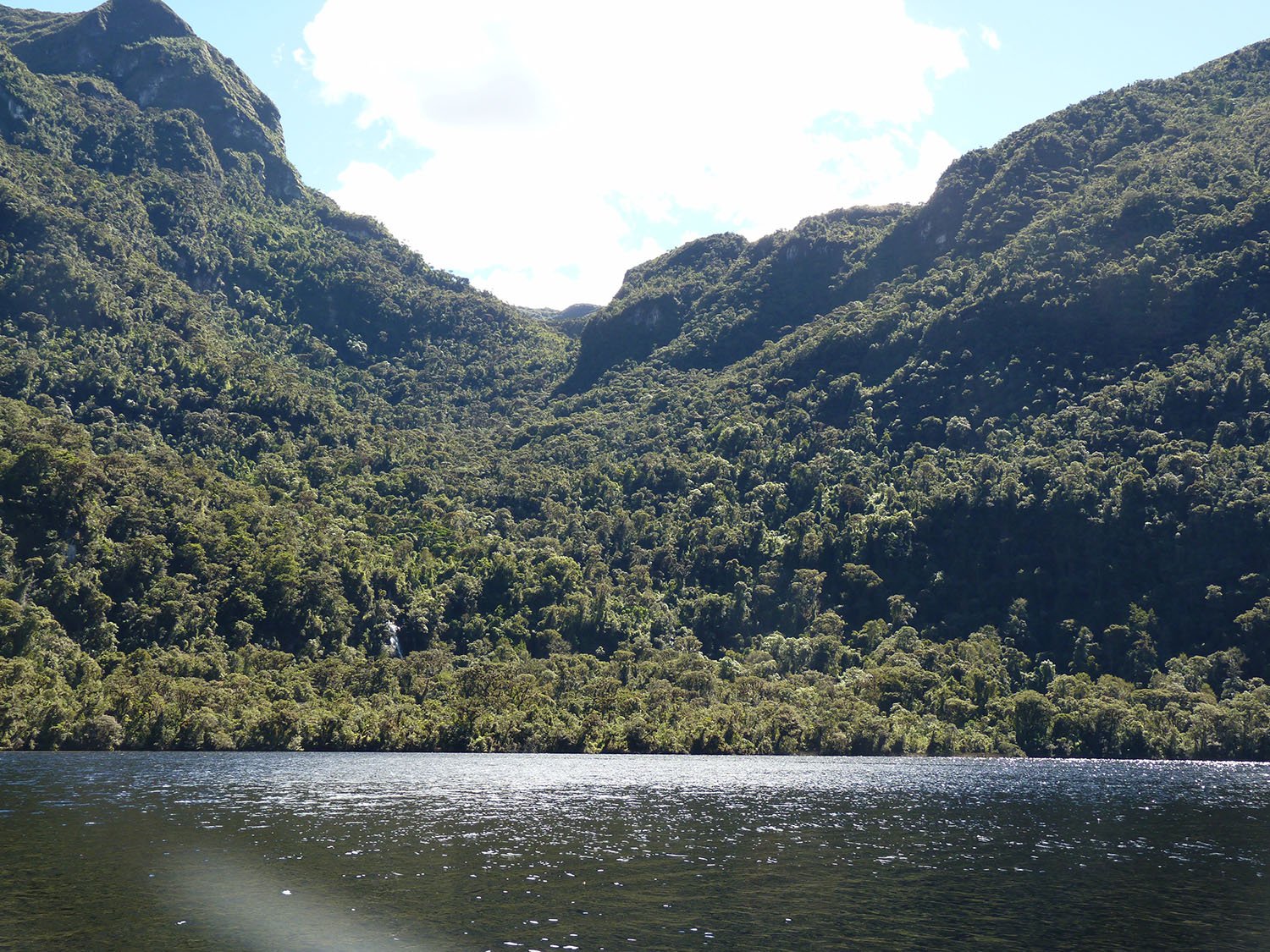One-third of recent global methane increase comes from tropical Africa
Concentrations of methane, a greenhouse gas about 28 times more potent than carbon dioxide, have risen steadily in Earth’s atmosphere since 2007. Although several potential explanations, including an increase in methane emissions from the tropics, could account for this upsurge, due to a lack of regional data scientists have been unable to pinpoint the source. … Read more
